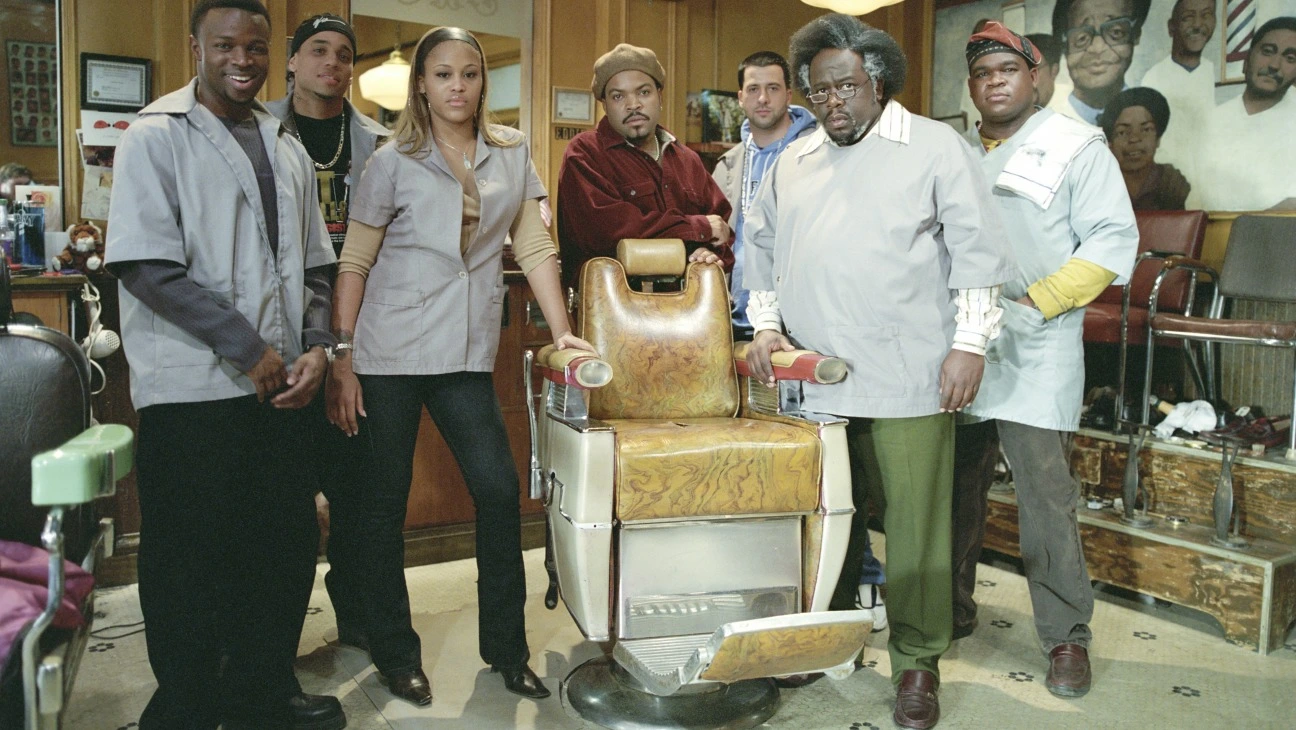Boys And Their Barbers
Black Boys Are Exploring Creativity Through Their Hairstyles Like Never Before
by Likam Kyanzaire
If you ever want to have a very generational conversation just bring up Ice Cube. Many people older than me think of the actor/rapper from his days with NWA, while many Gen Zs think of him as that actor from Ride Along, and ‘that old movie’ Are We There Yet (wow he likes driving...)
As a late-stage millennial (early nineties baby!) Ice Cube was the barber from Barber Shop, the 2002 classic about a south-side Chicago barbershop at risk of closing. Apart from introducing my young self to some of Black Hollywood's royalty, Barbershop was my introduction to hair etiquette.
Barbershop, 2002
The barbershop was the meeting place of the neighbourhood where Black men went to look good. It exists at a fulcrum of community for many. The whole movie is structured around Black men getting their hair cut, and how central that activity is to Black masculinity. And it paralleled my life well. I am not being hyperbolic,. I have had many doctors in my life, but only a handful of barbers. You cannot trust just anyone with your hair.
Growing up most Black boys my age had the same military-style haircut. It was the same for us all. We went to the local cut shop and sat there while our mums explained exactly how short they wanted our hair, even if we didn’t. Today that story is different. Hairstyles for Black boys are becoming more creative, even if other social indicators are not changing as much.
If the present is any indication, the future is not going to be kind to Black boys. According to recent statistics at least one of three Black boys will end up in prison. It is a sobering fact. But even with the shadow of systemic injustice Black boys are expressing their creativity in their hairstyles like never before, bringing real weight to the term ‘nappy is happy’.
This is America…the Caribbean and Africa
Growing up, hair was always a cultural issue even within the Black community. Born in Canada, my family emigrated from East Africa. For my cousins, myself and other African kids, short hair was the standard. The military cut was so prevalent on the continent, and our families brought that hairstyle with them. The military cut was as much a legacy of colonialism as a statue of Queen Elizabeth in the middle of Nairobi. In reality, pre-colonial East Africa had a wide range of hairstyles. One of the coolest is the Amasunzu, a pre-colonial style from my maternal home in Rwanda. Today in Rwanda most people go for the military-style to look “smart”. These coded languages were something even as a child you were aware of, but unable to speak against.
While the legacy of hairstyling in Africa is more complicated, the Black community in Canada, especially in the early 2000s, was not primarily African, but Caribbean. I always had a bit of jealousy of the Jamaican and Haitian boys who more often wore braids, locs, cornrows and other hairstyles. They had the influence of Bob Marley, and a Rastafarian movement dedicated to reclaiming hair from a history of racism and slavery. But neither Africans or Caribbeans controlled the narrative of Black culture like African Americans did, and it's when the Black media ecosystem started to embrace Black male creativity in hairstyles that follicle freedom really took off.
Movies like Barbershop defined hairstyles for Black men for much of my childhood. Short, well-kept and uniform; it wasn’t until my young adulthood that I first saw the change in narrative. The best example was in 2013 and the release of Childish Gambino’s 3005. With a single from his second studio album Because of the Internet, Donald Glover was already becoming a household name as a rapper, actor and comedian. Gambino defines the 2010s so well. New artists like Childish Gambino, Kid Cudi, Chance the Rapper, Frank Ocean and Tyler the Creator were challenging stereotypes whether through Cudi’s conversations on mental health, Frank & Tyler's sexual openness, and most stark for me, Donald's unkempt hair. Frizzy, wild and out there, Glover built a career looking nappy as hell. He took it to another level on his 2018 smash hit This is America. His hairstyle in the music video is just as loud as the background of the music video.
This Is America, 2018
Whether Glover was leading a movement in Black masculinity or simply part of it is unimportant, by 2018 my little cousins were rocking braids, dreadlocks, afros and everything else in ways my generation just did not. And if anyone tried to call them out, they knew their history and the legacy of racism that has dictated Black hair for centuries. It is my favourite thing about Generation Z in general. While millennials like myself quietly worked out our trauma and tried to play both sides of society, kids these days DGAF. They know who they are and how important self-expression is.
Creativity Comes From the Soul
Almost twenty years after Tim Story’s Barbershop came out Disney released the animated movie Soul. Capturing a new generation the movie has a barbershop scene that explains this whole article in three minutes. The ‘shop’ is the same. It is still a safe space for Black people from across the diaspora to chat, argue and joke around. But instead of all military cuts, one kid has a hi-top fade with locs, another a high Afro, and almost every other Black man in the scene has a hairstyle different from one another. Animation offers a looking-glass type opportunity to examine our reality, and Soul captures a new wave of creativity that has existed in the Black community through art, fashion, politics and Black women's hairstyles, but now it is embraced by men as well.
The importance of creativity in life is not a Black thing, it is a human thing. But years of exclusion and racism have made it important for Black people to express that creativity through methods that were closed off to them. On my last trip back to Rwanda I wore my dreads and found so many others doing the same. That feeling of acceptance of your individuality is important. Not just in the west, but around the world, Black men are learning to embrace creativity. And it's through further exploration of creativity we can find the solutions to the problems that put Black men in jails and boys at the bottom of the education ladder. Funny enough in all this talk about the future of Blackness, it is inspiration from the past that provides the best enunciation of what Black kids need, and what they are aiming for.
Curling my tiny locs, lying in my bed, I put my headphones on as Charlie Watts screams “EXPRESS YOURSELF”.
Ride Along, Tim Story, 2014
Are We There Yet, Steve Carr & Brian Levant, 2005
Barbershop, Tim Story, 2002
This Is America, Donal Glover, 2018
Soul, Peter Docter, 2020
Likam is a writer and researcher based in Toronto. Working in the nonprofit space, he wants to bring community resilience and academic integrity to our conversations of culture, class and meaning. You can read more of his work at www.likamk.com


